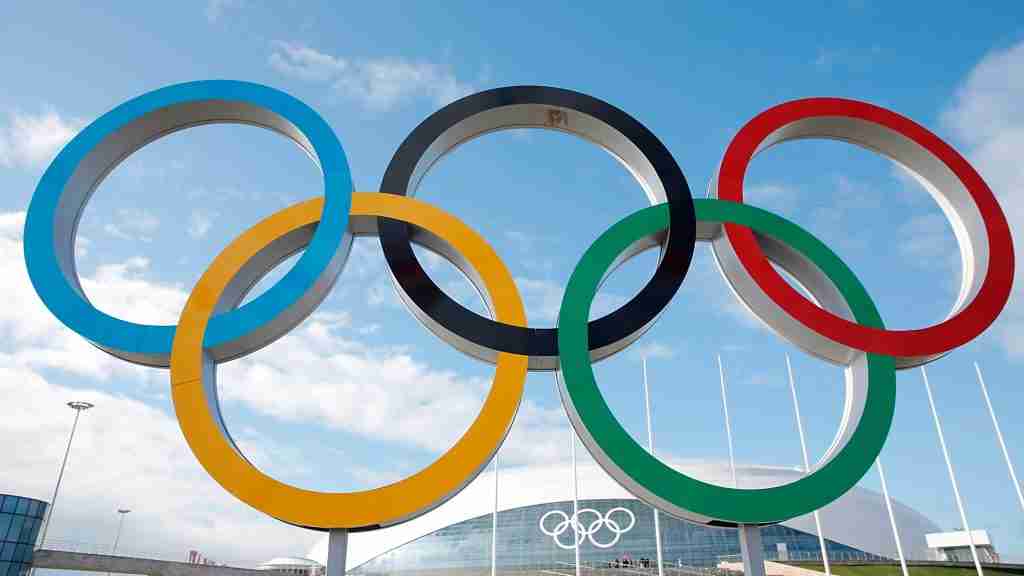The Olympic Games, born in ancient Greece 3,000 years ago, were revived at the end of the 19th century and became the most important sporting competition in the world. From the 8th century BC to the 4th century AD, the Games were held every four years in Olympia, located in the western Peloponnese peninsula, in honor of the god Zeus. The first modern Olympic Games took place in 1896 in Athens and brought together 280 participants from 12 nations, competing in 43 events. Since 1994, the Summer and Winter Olympic Games have been held separately and alternate every two years. The 2024 Summer Olympics will be held from July 26 to August 11, 2024 in Paris, France. Some events, including handball, rugby and football matches, will take place before the opening ceremony.
The Olympic Games begin in ancient Greece
The first written records of the ancient Olympic Games date back to 776 BC, when a cook named Coroebus won the only event – a 192-meter foot race called a stadium (the origin of modern “stadium”) – to become the first champion Olympic. However, it is generally accepted that the Games had already been going on for many years. Legend has it that Heracles (the Roman Hercules), son of Zeus and the mortal Alcmene, founded the Games which, by the end of the 6th century BC, had become the most famous of all Greek sporting festivals.
10 Amazing Facts About the Ancient Olympic Games
The ancient Olympic Games took place every four years, between August 6 and September 19, during a religious festival in honor of Zeus. The Games are named for their location at Olympia, a sacred site near the west coast of the Peloponnese peninsula in southern Greece. Their influence was so great that ancient historians began measuring time in four-year increments between the Olympic Games, known as the Olympiads.
Did you know? The 1896 Games hosted the first Olympic marathon, which followed the 25-mile course run by the Greek soldier who announced victory over the Persians from Marathon to Athens in 490 BC. Fittingly, Greece’s Spyridon Louis won the first gold medal in this event. . In 1924, the distance would be standardized to 26 miles and 385 meters.
After 13 Olympiads, two other races joined the stadium as Olympic events: the diaulos (roughly equal to today’s 400 meter race) and the dolichos (a longer distance race, perhaps be comparable to the 1,500 meter or 5,000 meter event). . The pentathlon (composed of five events: a running race, a long jump, discus and javelin throws and a wrestling match) was introduced in 708 BC, boxing in 688 BC and chariot racing in 680 BC. In 648 BC, pankration, a combination of boxing and wrestling, with virtually no rules, debuted as an Olympic event. Participation in the ancient Olympic Games was initially limited to free-born male Greek citizens; there were no women’s events and married women were prohibited from attending the competition.
Decline and revival of the Olympic tradition
After the Roman Empire conquered Greece in the mid-2nd century BC, the Games continued, but their level and quality declined. In one notorious example from 67 A.D., the decadent Emperor Nero competed in an Olympic chariot race, only to disgrace himself by declaring himself the winner even after falling from his chariot during the event. In 393 AD, Emperor Theodosius I, a Christian, called for a ban on all “pagan” festivals, ending the ancient Olympic tradition after nearly 12 centuries.
It would be another 1,500 years before the Games resumed, largely due to the efforts of Baron Pierre de Coubertin (1863-1937) of France. Dedicated to promoting physical education, the young Baron was inspired by the idea of creating a modern Olympic Games after visiting the ancient Olympic site. In November 1892, at a meeting of the Union des Sports Athlétiques in Paris, Coubertin proposed the idea of relaunching the Olympic Games as an international athletics competition held every four years. Two years later, he obtained approval to found the International Olympic Committee (IOC), which would become the governing body of the modern Olympic Games.
The Olympic Games over the years
Winter Olympics Technology
THE first modern Olympic Games were held in Athens, Greece in 1896. At the opening ceremony, King Georgios I and a crowd of 60,000 spectators welcomed 280 participants from 12 nations (all men), who would compete in 43 events, including athletics, gymnastics, swimming. , wrestling, cycling, tennis, weightlifting, shooting and fencing. All subsequent Olympiads have been numbered even when no Games took place (as in 1916, when First World Warand in 1940 and 1944, during The Second World War). The official symbol of the modern Games is five colored interlocking rings, representing the continents of North and South America, Asia, Africa, Europe and Australia. The Olympic flag, featuring this symbol on a white background, was flown for the first time at the Antwerp Games in 1920.
The Olympics really took off as an international sporting event after 1924, when the VIII Games were held in Paris. Some 3,000 athletes (including more than 100 women) from 44 nations competed that year, and for the first time the Games featured a closing ceremony. The Winter Olympics began that year, including events such as figure skating, ice hockey, bobsleigh and biathlon. Eighty years later, when the 2004 Summer Olympics returned to Athens for the first time in over a century, nearly 11,000 athletes from a record 201 countries competed. In a move that joins ancient and modern Olympic traditions, the shot put competition was held that year at the site of the Classic Games in Olympia.

